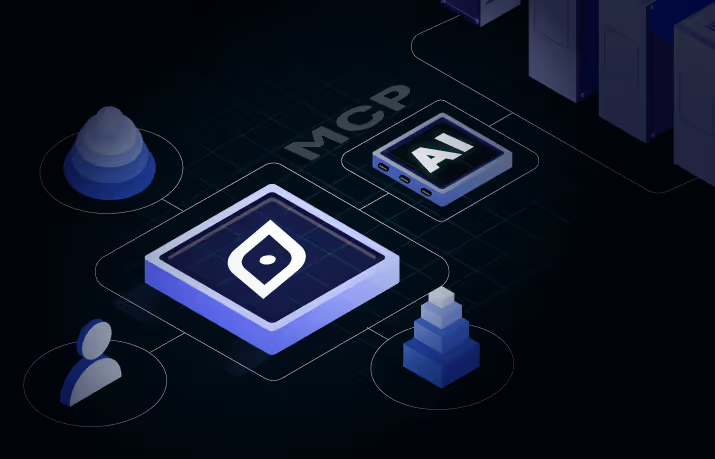Workforce Diversity & Inclusion in the Workplace: A Critical Need for Organizations
Diversity and Inclusion (D&I) is becoming irreplaceable as organizations strive to build workforce diversity and create environments that reflect current demographic shifts.
Previously seen as a compliance requirement or operational program, D&I now plays a far more strategic role driving value and impact beyond what was initially imagined.
Achieving workforce diversity is not just an ethical metric to be checked off—it’s also a critical fiscal metric. Numerous studies show that companies excelling in ethical and racial workforce diversity are ~36% more likely to achieve financial returns above their industry peers’ medians.
Workforce diversity creates opportunities for individuals to achieve their goals regardless of sexual orientation, social background, age, gender, ethnicity, religion, faith, or disability.
Today, companies are pushing to incorporate diversity and inclusion in their workforce planning strategy. However, they don’t just want it to be a part of their larger work culture but also part of company ethos or work spirit.
Benefits of D&I
Each employee in an organization brings a unique set of perspectives, thoughts, beliefs, and ideas, contributing to workforce diversity that helps employers gain varied insights on business challenges and opportunities.
Studies conducted by global universities and industry analysts agree that a diverse and inclusive workplace provides benefits such as:
- Increased creativity and innovation
- Higher employee engagement and productivity
- Increased skills and knowledge
- Better financial performance
- Better consumer understanding
- Faster problem solving and reduced conflicts
- Access to a broader pool of perspectives, thoughts, and ideas
- Better brand reputation and so on.
One of the compelling cases comes from Nextel, a wireless service operator from Virginia, United States. Nextel implemented a workforce diversity and diversity training program in 1999, aiming to create a better environment for employees. That diversity initiative resulted in an ROI of 163% due to higher employee retention rates.
The Covid-19 pandemic has ushered in a deep sense of uncertainty for all. For this reason, the role of diversity, equity, and inclusion (D&I) — and workforce diversity — has become more critical than ever.
To thrive in this new reality, it has become imperative to redefine the concept of diversity and inclusion and formally train HR leaders and managers to manage workforce diversity. HR leaders need to ensure that everyone gets an equal opportunity to grow within the organization, irrespective of diverse factors.
A customized inclusion policy should nurture and empower employees to feel included, regardless of who they are or how they identify.
Generally, it is the perception that D&I is only for well-established corporates and is not a mandate for every organization.
However, we must understand the need for D&I in the organization, which is not limited to gender, religion, ethnicity, culture, or nationality.
D&I is about creating a talent intelligence platform for the right talent in a comfortable environment for personal and professional growth.
Here are some steps to start with D&I:
- Acknowledging the problem is the first step to solving it. Conduct a comprehensive audit of your existing workforce diversity. Tools like the Diversity Navigator in Draup’s Talent Intelligence platform can help you do this effectively.
- Ensure that everyone is committed to upholding workforce diversity values. It’s essential to work from the inside out rather than outside in—only when the existing work culture is strong can new initiatives be successfully introduced.
- Develop a D&I Roadmap and plans for future hiring. This can be as simple as setting a fixed percentage of hiring minorities etc.
- Monitor and report on workforce diversity progress. Ideally, companies appoint a Chief Diversity Officer to oversee these efforts.
- Work on creating a more inclusive work culture. This can be done by listening to employees, addressing their needs, and acting on them.
Workforce diversity and inclusiveness in organizations do not happen overnight. Instead, they require continuous efforts—from removing unconscious bias to strategically guiding the thoughts, emotions, and behaviors of key stakeholders to achieve exceptional outcomes.
But before any of these measures can be implemented, stakeholders need to carefully audit their current D&I scenario to develop a holistic talent strategy.
A good D&I strategy is directly connected to workforce diversity, workforce planning, talent management, employee retention, work environment, office setup and infrastructure, compensation, employee engagement, employee grievance, and more.
Using Draup’s Diversity Navigator, HR Leaders can visualize ethnic and gender diversity across business operations, geographies, and job roles. By utilizing the insights from Diversity Navigator, HR leaders can also plan out the career paths of minorities and achieve actual diversity and inclusion.










.svg)
















.svg)





.svg)





.svg)
